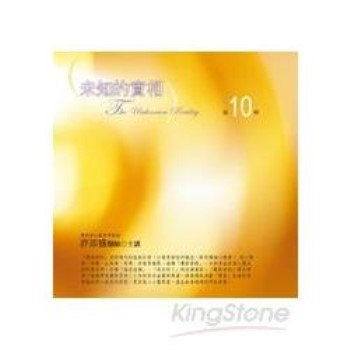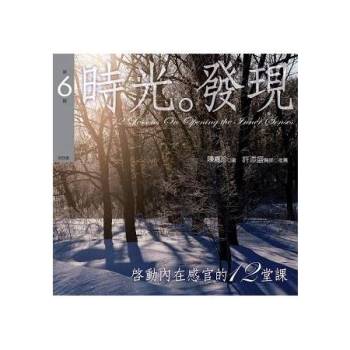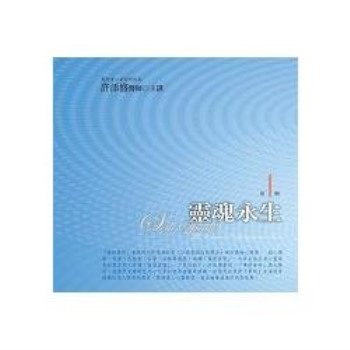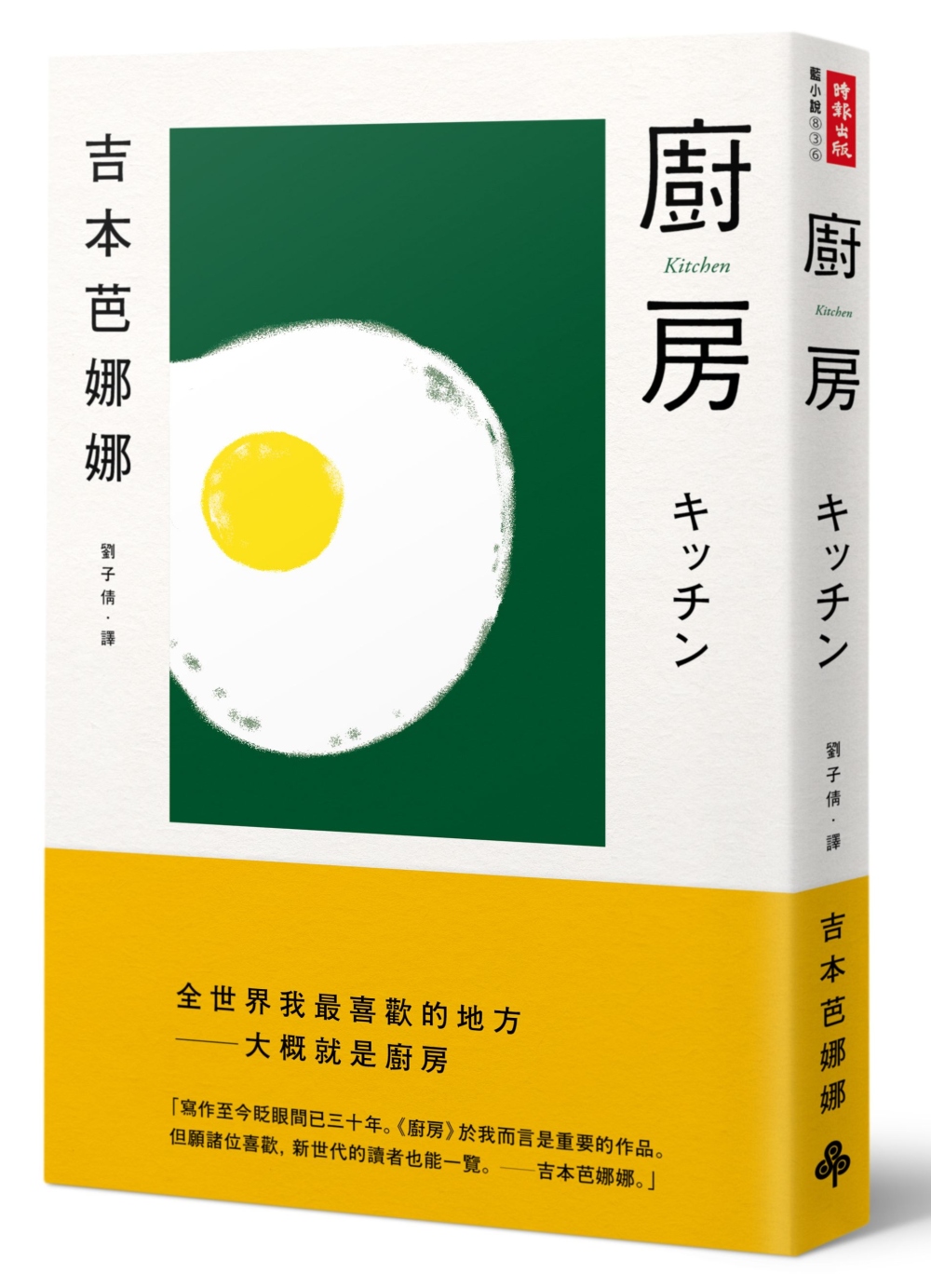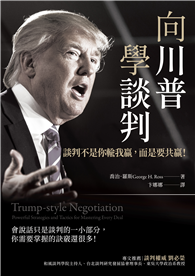The interfaith movement, which began with the 1893 World s Parliament of Religions in Chicago, has grown worldwide. Although this movement has been largely unknown to the public, it now provides a spiritual face for globalization, the economic and political forces leading us all from nationalism to One World . The most ambitious organization in today s interfaith movement is the United Religions Initiative (URI), founded by William Swing, the Episcopal Bishop of California. Investigative reporter Lee Penn, a Catholic ex-Marxist, exhaustively documents the history and beliefs of the URI and its New Age and globalist allies, the vested interests that support these movements, and the direction they appear to be taking. The interfaith movement is no longer merely the province of a coterie of little-heeded religious idealists with grandiose visions. The URI s proponents have ranged from billionaire George Soros to President George W. Bush, from the far-right Rev. Sun Myung Moon to the liberal Catholic theologian Hans K ng, and from the Dalai Lama to the leaders of government-approved Protestant churches in the People s Republic of China. The interfaith movement, including the URI, is being promoted by globalist and New Age reformers who favor erosion of national sovereignty, marginalization of traditional religions, establishment of global governance , and creation of a new, Earth-based global spirituality in effect, a one-world religion. Therefore, the URI and the interfaith movement are poised to become the spiritual foundation of the New World Order: the new civilization now proposed by Mikhail Gorbachev, the last leader of the Soviet Union. In The Reign of Quantity and the Signs of the Times, French metaphysician Ren Gu non spoke of the anti-tradition (the forces of materialism and secular humanism) finally giving way to the counter-tradition (the satanic inversion of true spirituality), leading to the regime of Antichrist. The anti-tradition weakens and dissolves traditional spiritualities, after which the counter-tradition sets up a counterfeit in their place. Since Gu non s time, as is well known, anti-traditional forces have greatly advanced worldwide. It is less well-known that counter-traditional movements have also made great strides, and now stand closer to the centers of global political and religious power than ever before. The counter-tradition is making inroads on the political and cultural Right, as much as it is doing on the Left. False Dawn painstakingly documents these trends, and speculates on their future development. In so doing, the author takes investigative reporting to the threshold of prophecy, and gives us a stunningly plausible picture of the global religious landscape of the 21st century. This extraordinary project is the literary equivalent of turning over a flat rock. There is much to be seen and learned here all of it unsettling, disquieting, occasionally downright scary. William Murchison, Radford Distinguished Professor, Baylor University When a bishop of a Christian church happily worships alongside a Wiccan invoking other gods, something has gone horribly wrong. In False Dawn, Lee Penn has produced a comprehensive and critical history of the United Religions Initiative. This book sounds a clear warning: Anyone who makes theological truth subservient to utopianism denigrates all religions. Douglas LeBlanc, Editor, GetReligion.org
| FindBook |
有 1 項符合
False Dawn: The United Religions Initiative, Globalism, And The Quest For A One-world Religion的圖書 |
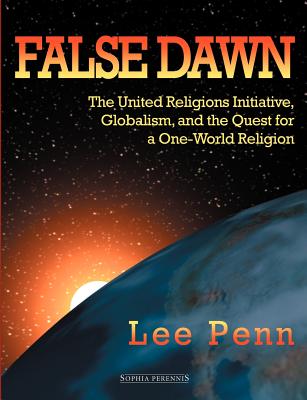 |
False Dawn: The United Religions Initiative, Globalism, And The Quest For A One-world Religion 作者:Penn 出版社:Sophia Perennis et Universalis 出版日期:2005-02-15 語言:英文 規格:平裝 / 508頁 / 24.4 x 18.8 x 2.8 cm / 普通級 |
| 圖書館借閱 |
| 國家圖書館 | 全國圖書書目資訊網 | 國立公共資訊圖書館 | 電子書服務平台 | MetaCat 跨館整合查詢 |
| 臺北市立圖書館 | 新北市立圖書館 | 基隆市公共圖書館 | 桃園市立圖書館 | 新竹縣公共圖書館 |
| 苗栗縣立圖書館 | 臺中市立圖書館 | 彰化縣公共圖書館 | 南投縣文化局 | 雲林縣公共圖書館 |
| 嘉義縣圖書館 | 臺南市立圖書館 | 高雄市立圖書館 | 屏東縣公共圖書館 | 宜蘭縣公共圖書館 |
| 花蓮縣文化局 | 臺東縣文化處 |
|
|
圖書介紹 - 資料來源:博客來 評分:
圖書名稱:False Dawn: The United Religions Initiative, Globalism, And The Quest For A One-world Religion
|
